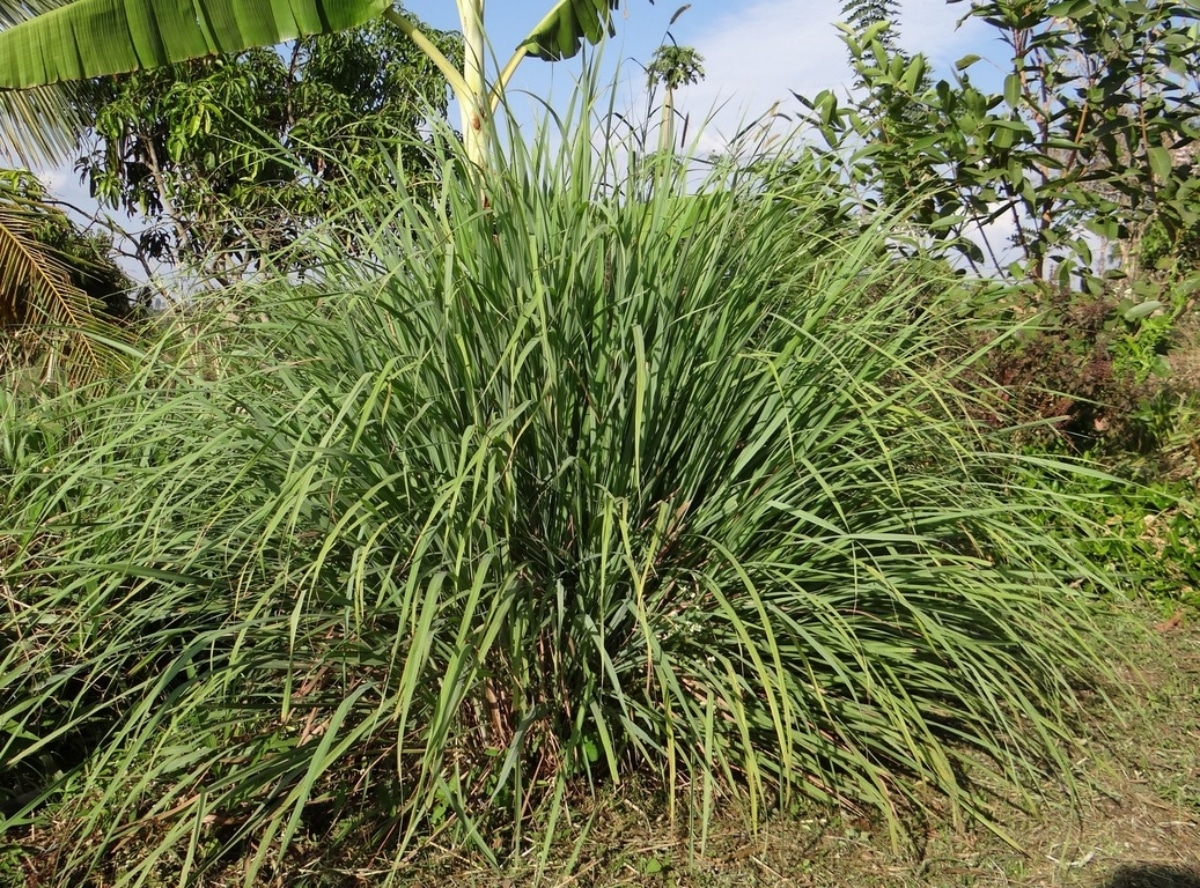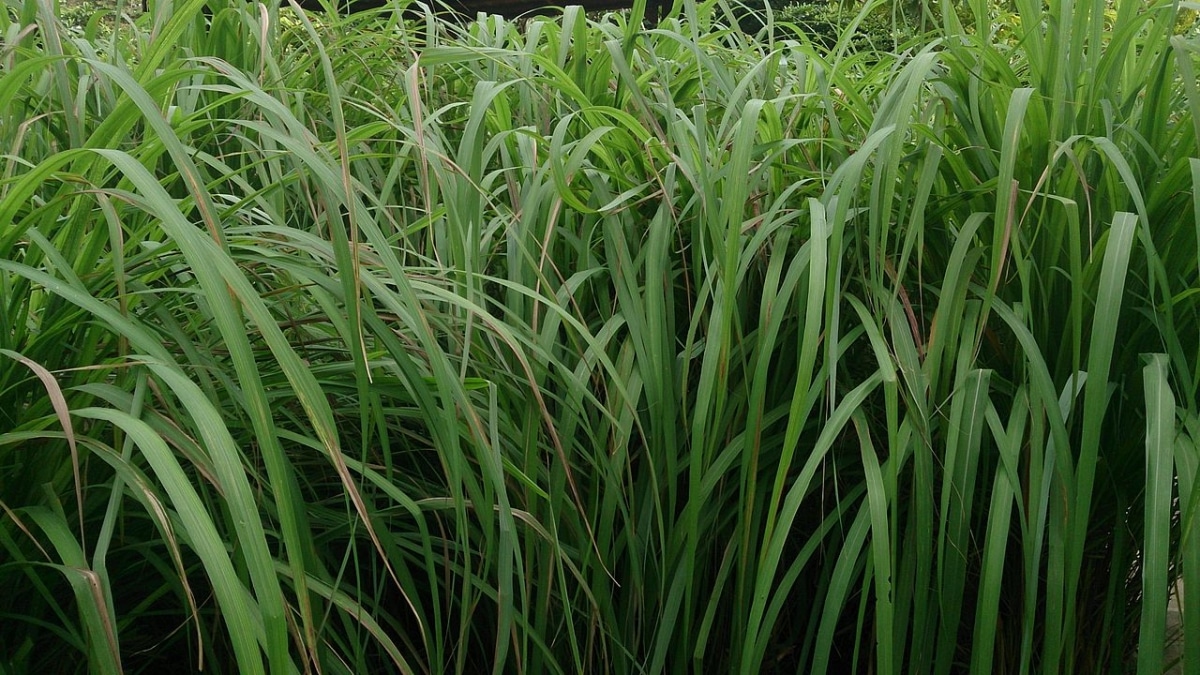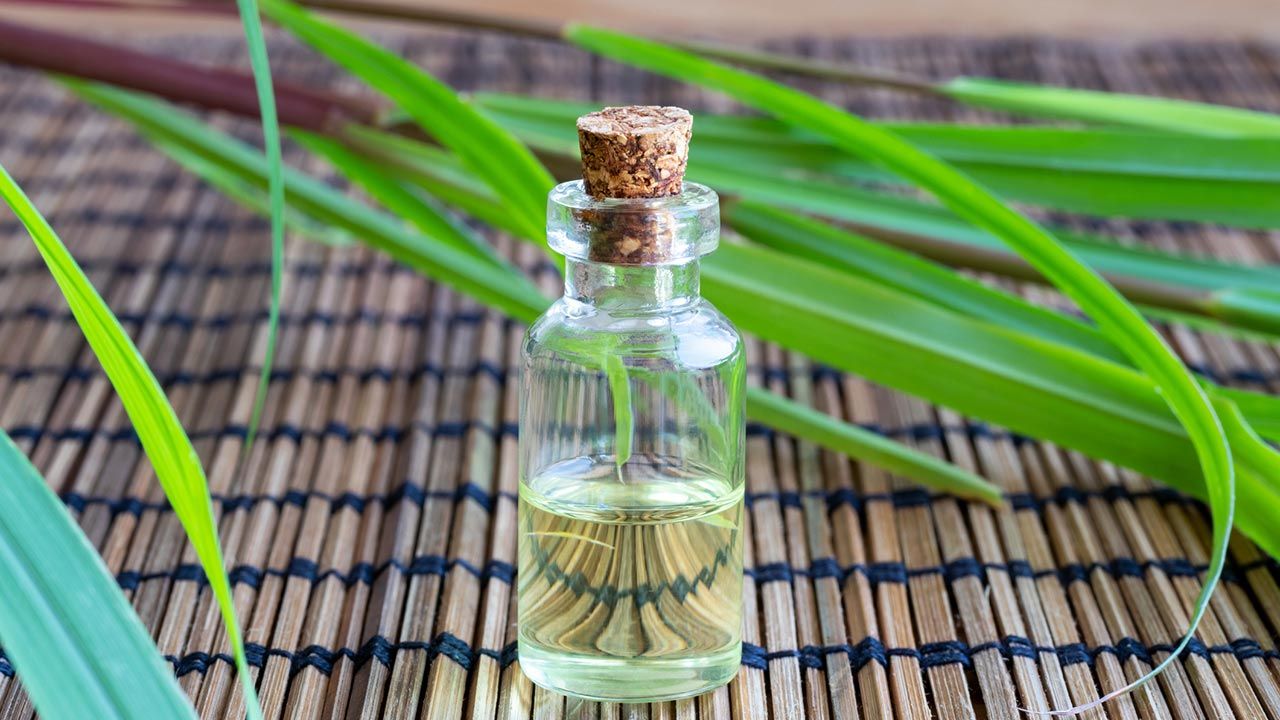
Today we are going to talk about a type of plant that has numerous characteristics and uses thanks to its medicinal properties. It's about the Citronella. It is a type of perennial herbaceous plant that comes from the warm and tropical regions of South Asia. Surely you have heard its term in English as lemongrass. It has many uses and is widely cultivated both in Southeast Asia and throughout Latin America.
Therefore, we are going to dedicate this article to tell you all the characteristics, uses, cultivation and properties of Citronella.
what is citronella

Image - Wikimedia / Mokkie
The smell of this plant reminds us of lemon and therefore It is a perfect plant to prepare sauces, infusion soups. It is a plant that has very long leaves and an intense green color. It has many uses, such as being effective in repelling mosquitoes thanks to its strong smell. Although for humans it is a good smell, for mosquitoes it is a rather unpleasant smell.
It belongs to the group of grasses and is native to southern India and Sri Lanka. If they grow in good conditions, it can grow to a meter and a half tall. Some leaves they are taped and rigid in a white-green color. Its name comes from the smell of lemon that it has. Since the lemon is a typical one, it is called Citronella. In addition, in terms of appearance, it is also very similar to lemongrass.
It has an intense but very pleasant flavor that makes it possible to dispense with any sweetener for some preparations. So is the ability to flavor different combinations that in the Canary Islands it has been recommended as a substitute for sugar for all those patients suffering from diabetes. Some of the common names by which Citronella is known are as follows: lemongrass, lemongrass and lemongrass.
They are perennial herbaceous plants that are evergreen. Its stem is rigid and erect and the leaves are linear. It has an almost paper-like consistency and a nice deep green color that sometimes turns a bit more bluish. It can be easily found on plants to be grown in pots or in the garden in nurseries. Too their seeds are usually sold in garden stores, on the internet and in some fairs dedicated to gardens and orchards.
Citronella cultivation
To cultivate the Citronella you have to be clear about where it is going to take place. If it is grown in the garden or in a pot, they will have different care. Let's see what are the main care that this plant needs to be grown in the garden.
First of all is to place said plant in places that are sheltered. And it is a plant quite vulnerable to wind and lower temperatures. For this reason, it is advisable to place it near shrubs or ornamental plants so that it does not suffer too cold in winter. Keep in mind that the plant begins to suffer when temperatures frequently drop below 8 degrees. We can protect it during the day by placing it in a sunnier place that is sheltered for the night.
As for the care to have it in a pot, we see that it is advisable to put it on a sunny balcony. During the spring time it needs more light. Nevertheless, in autumn and winter it is more advisable to have it indoors near a window that is bright enough to meet your needs but helping to protect it from low temperatures. If you are going to sow Citronella with seeds, it is advisable to plant them in the months of March and July.
Citronella plant care

It has some not too complex cares but that must be taken into account for its correct growth. The first thing is irrigation. Irrigation must be regular and frequent, especially during the summer time. It is not necessary to water a lot, but it is frequent. The indicator for re-watering is before the soil is completely dry.
Some of the maintenance tasks that should be used is to remove the dry leaves to make room here for new ones to grow. During autumn is the time when it has the most amount of dry leaves. It is also not convenient to let the water stagnate in the saucers of the planter or in the ground if it is planted in the garden. It is a plant that does not tolerate waterlogging or needs too high humidity. Just keep the soil semi wet as much as possible. If the irrigation water becomes stagnant or the saucers in the pot become flooded, the roots can rot.
To know if the plant has reached its maximum size, it is necessary to see that the height is approximately one meter and its leaves grow up to 70 centimeters.
Medicinal properties
Earlier we mentioned that this plant is well known for its medicinal properties. Its richness in essential oil and it is highly appreciated in perfumery and aromatherapy. Antiseptic, antibacterial, diuretic, digestive and tonic virtues are attributed to it. In addition, it is very good to fight fungi. Let's see what are some of its medicinal properties:
- Helps relax stomach muscles and relieve spasms. It also helps curb bacterial infection.
- One of the main uses of Citronella is as essential oil. It can be used naturally to eliminate mosquitoes and prevent bites. Once you have been bitten, it can be used to disinfect. It is advisable to always carry a supply of oil to apply on the most exposed areas of the skin if you visit areas where insects abound. It is an excellent preventive measure.
- This essential oil can be applied as a pain reliever on bumps and bruises for the low back pain, cervical strain and migraine relief.
- It is also effective in combating some skin problems such as juvenile acne and hypersweating.
I hope that with this information you can learn more about Citronella, its characteristics and its properties.
The plant that appears in the images above does not correspond to a citronella plant. It is a geranium and although it has an aroma similar to citronella, it does not scare off mosquitoes
Hello Ezequiel.
Thanks, we have already changed them.
Greetings.